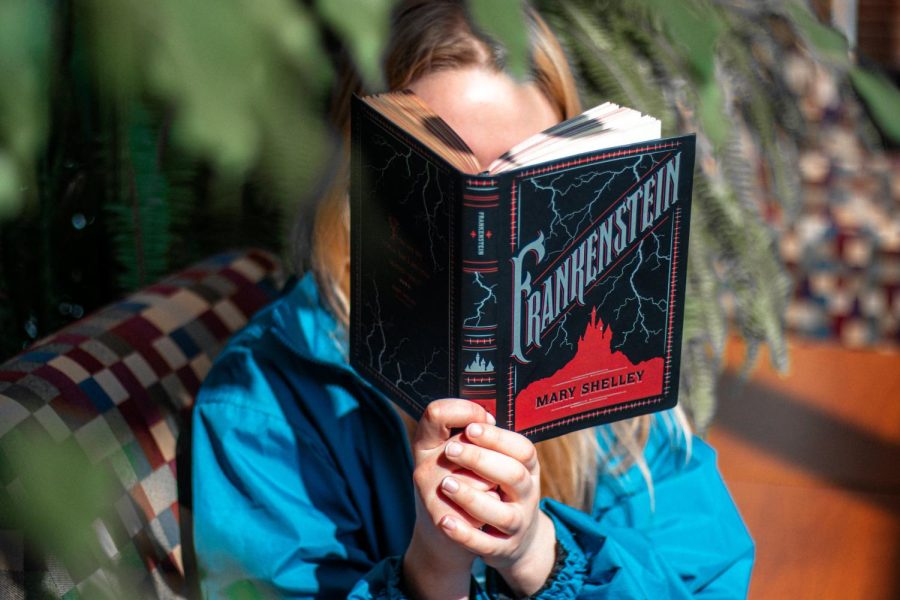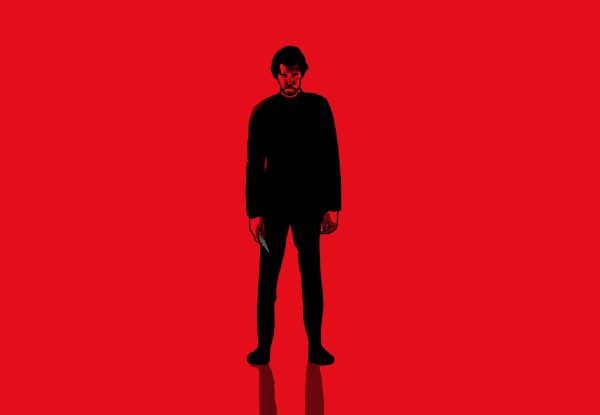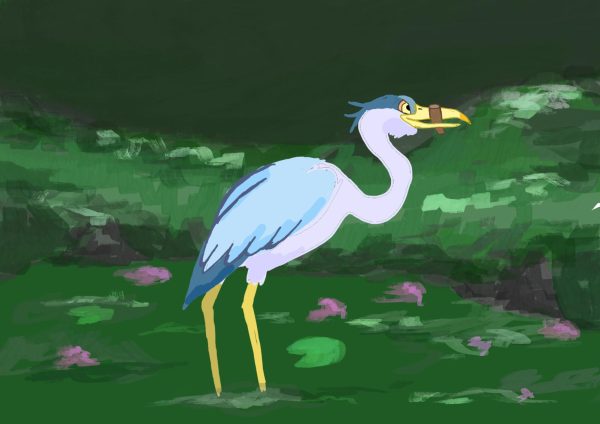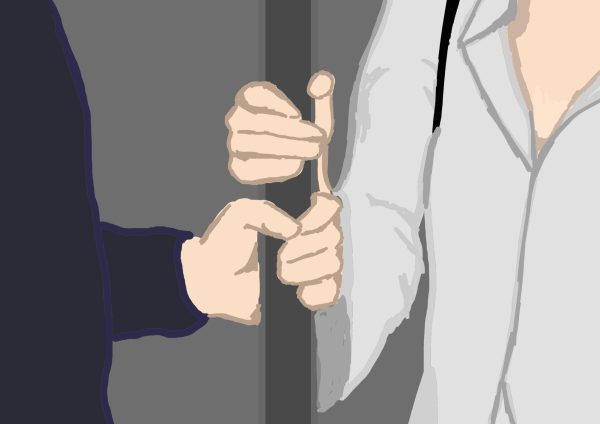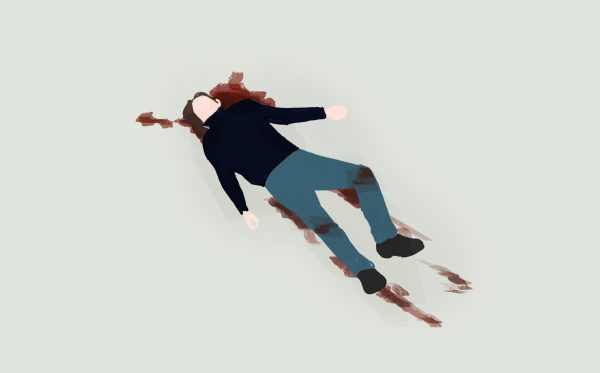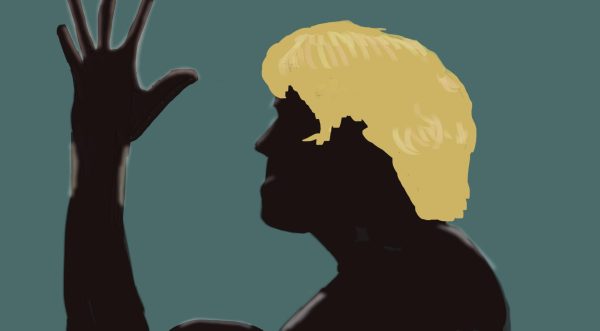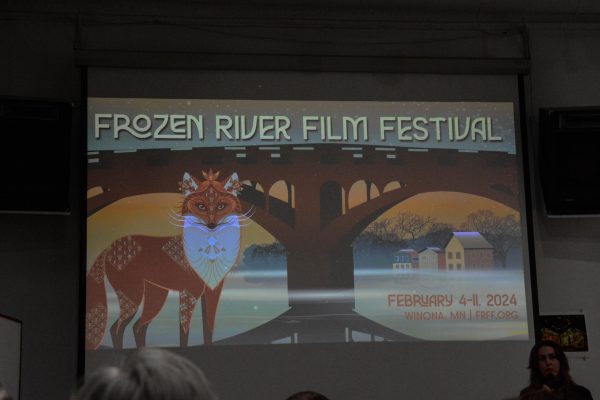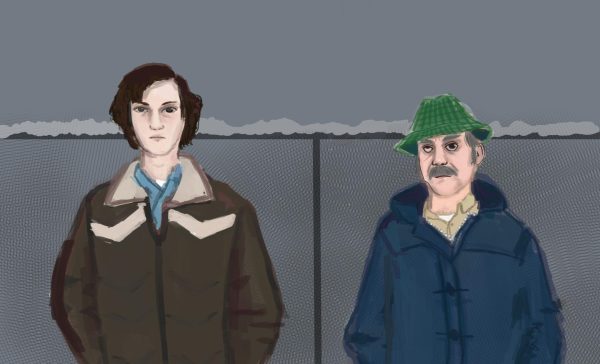Book in Review: “Frankenstein”
Originally published in 1818 by Mary Shelly, the book has grown on to become cemented in pop-culture with the monster incorrectly being dubbed “Frankenstein” and appearing in many films and TV shows.
March 23, 2022
How does a book that was written over two centuries ago still have such a major influence on pop culture and media? Widely recognized as the first-ever science fiction novel, Mary Shelley’s novel “Frankenstein” stands the test of time through countless movie adaptations, spin-offs and rewrites. While periodic sentences, outdated diction and archaic social structures can make period pieces unappetizing to modern readers, I personally think it’s important to read a variety of texts to reach a deeper understanding of literature and the world. I also thought the hardcover copy at the bookstore was pretty and I couldn’t resist buying it—it even has the fancy ribbon bookmark!
The dark tale of “Frankenstein” begins with a character that is left out of all modern remakes: an explorer named Walton. He writes letters to his sister as he journeys into frigid, uncharted territory on a ship with a small crew. On Walton’s voyage, he sees a withered man on the brink of death floating along on a small sled. Walton and his crew immediately attempt to rescue him, but the man refuses to board their ship, demanding to know the direction they’re heading in. He only accepts their help when Walton assures the man that their expedition is traveling north.
As the old man slowly recovers, Walton forms a bond with him, and he finally opens up to the explorer about his strange, harrowing circumstances. He introduces himself as Victor Frankenstein and starts his tale from the beginning by telling Walton about his happy childhood. He had loving parents, a trusted companion named Henry and a sweet adopted cousin named Elizabeth. Victor always knew he was destined for greatness, and his privileged life allowed him to spend all of his time submerged in his studies.
Victor read books about pseudosciences like alchemy, but instead of disregarding them as outdated and inaccurate, he absorbed the ideas and findings of previous researchers, and he became obsessed with the idea of reanimation.
Victor set off to college and being away from his home and his loved ones exacerbated his obsession until it consumed him. He stopped writing letters to his family, he didn’t seek out any new friends and he isolated himself in his room with his tools, chemicals and yes, human body parts. As Victor relates this part of the story to Walton, he leaves out specific details to ensure no one will ever recreate his experiment.
Even as Victor’s mental health spiraled, even as he severed all connections with society, even as he stitched together his morbid experiment, he never questioned his morals; he never once doubted himself—that is, until he actually managed to succeed, and the Creature opened his eyes. This is the beginning of a story rife with regret, existential questioning and horror.
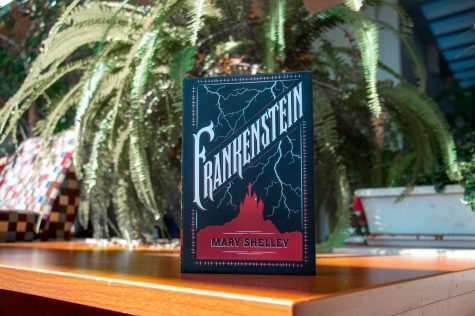
(Joseph Eichele)
To me, the most fascinating thing about reading the original “Frankenstein” is finding all the things that have been changed and misconstrued by modern interpretations. For one, Frankenstein is the scientist, not the creation—the Creature was never named. Victor also begins his experiments when he’s in college, which disputes the common image of a mad scientist with white hair and a lab coat. Most shockingly of all, the Creature in Mary Shelley’s original novel isn’t some buff green monster with bolts coming out of his neck. Victor actually chose body parts he deemed to be beautiful, and what really makes the Creature so ugly is the uncanny valley effect: a sense of fear or revulsion people experience when they see something that isn’t human but has human-like features. Shelley’s Creature also doesn’t just communicate in inarticulate grunts and growls—he learns how to speak from observing people and studying and not only does he become literate, he becomes eloquent and well-spoken. Rather than being a mindless monster filled with rage and bloodlust, the Creature is lonely and yearns for companionship and love.
Although it was written in 1818, Mary Shelley’s “Frankenstein” has themes that are still relevant in modern society, such as existential and theological questioning, the morals of scientific experimentation and personal responsibility. The structure and points of view in “Frankenstein” are a bit odd by today’s standards, but it’s because the novel was still a relatively new genre at the time Shelley wrote it. Personally, I think it was a very interesting and quick read, and I think there’s a lot to be said about why the media has changed so much about the original tale of “Frankenstein.” I would certainly recommend Shelley’s “Frankenstein” to just about anyone: fans of the occult, science fiction geeks and impulsive shoppers who see a pretty book and just can’t help themselves.























































